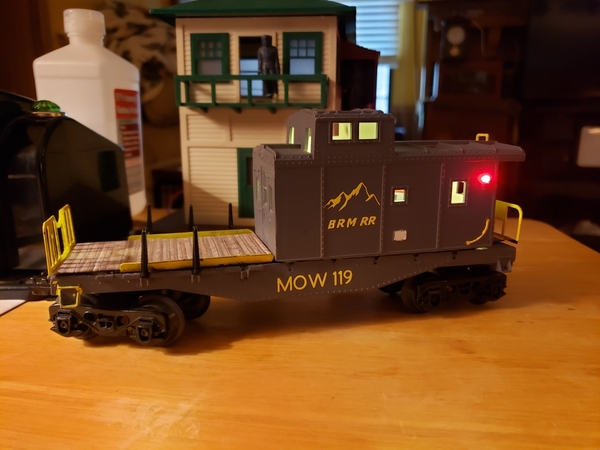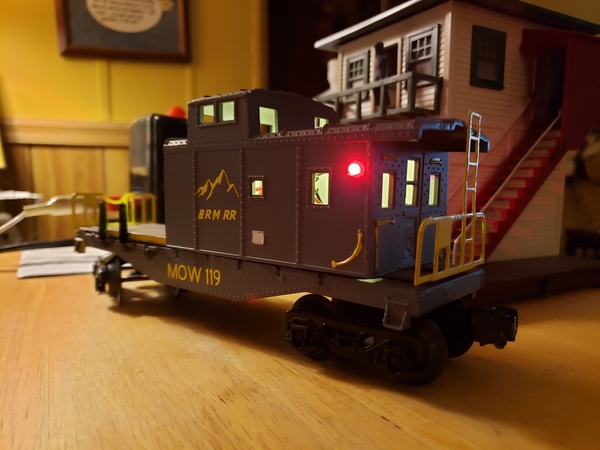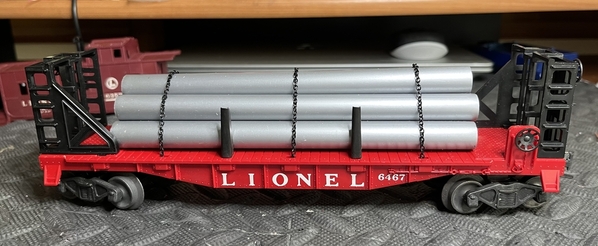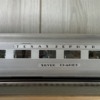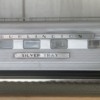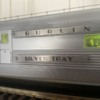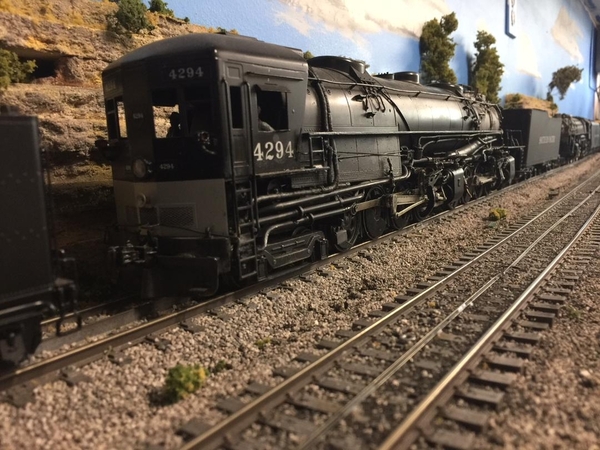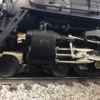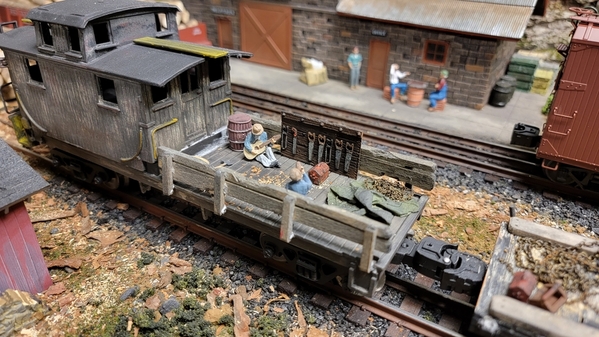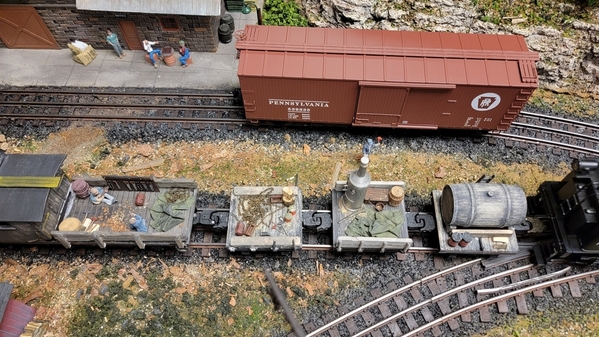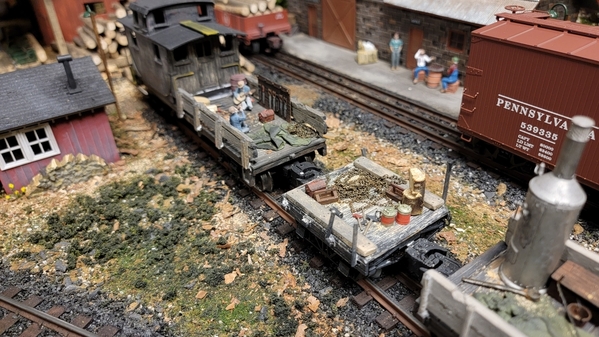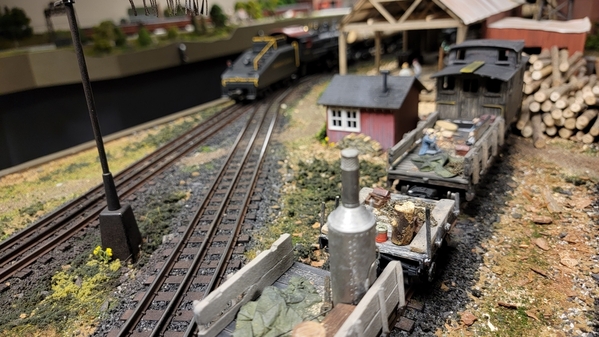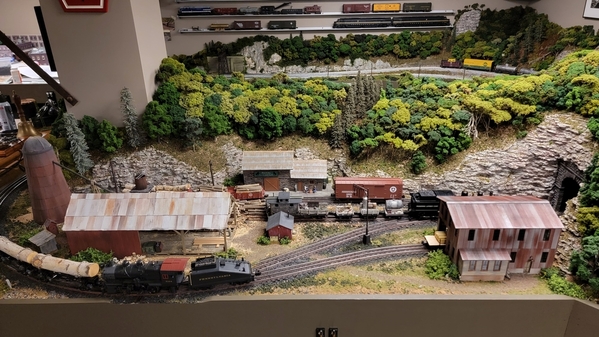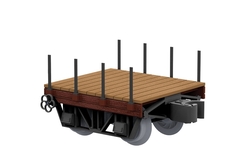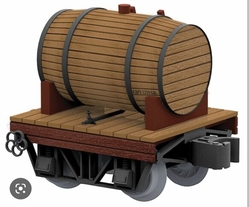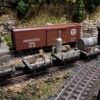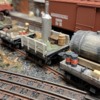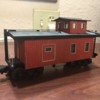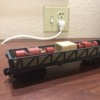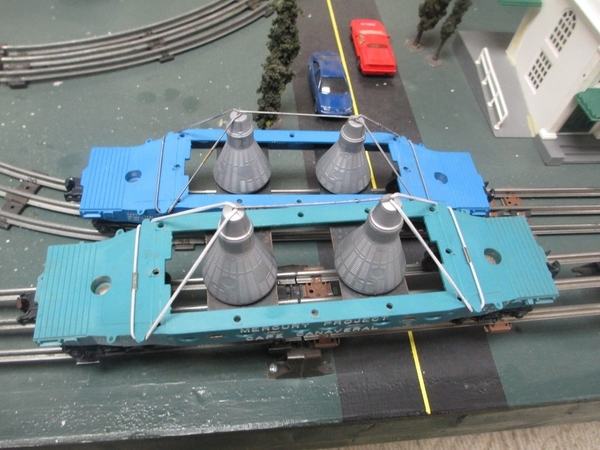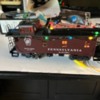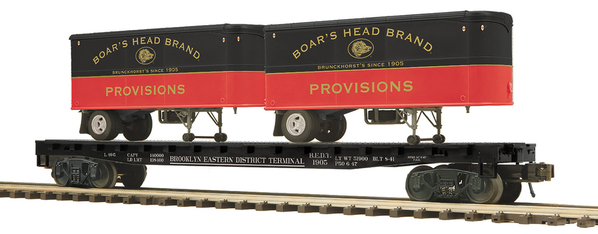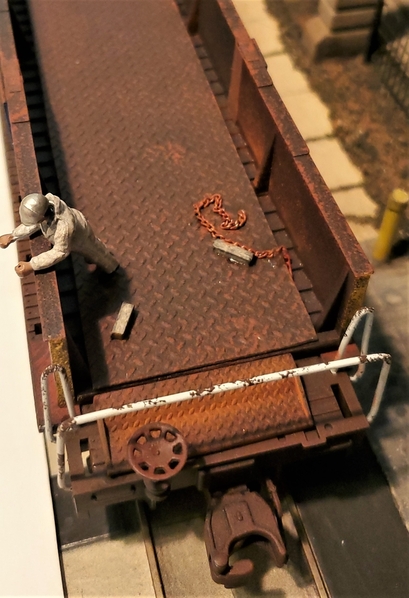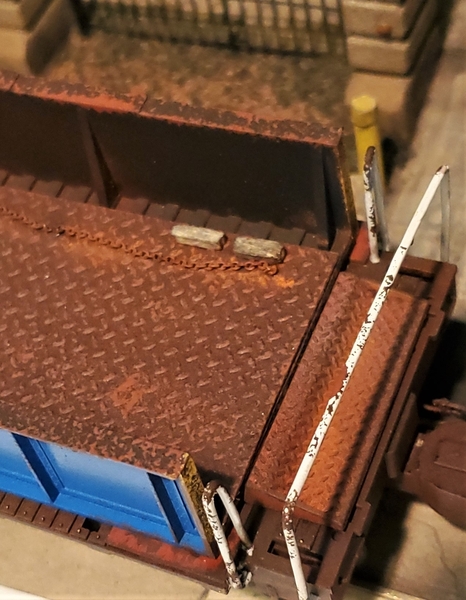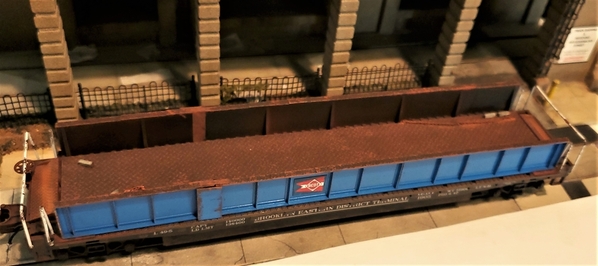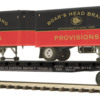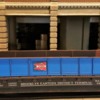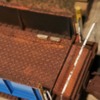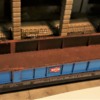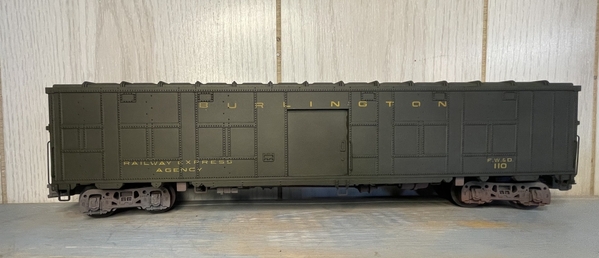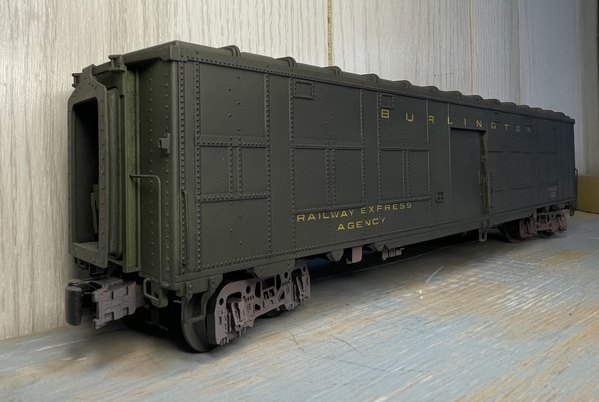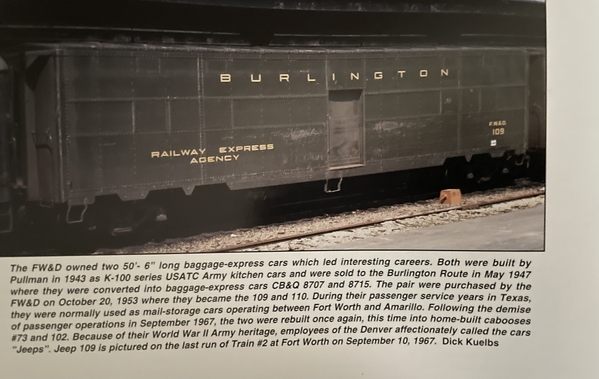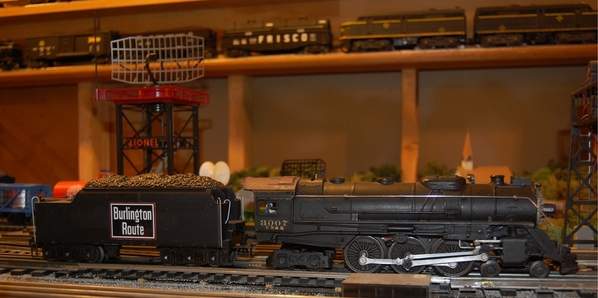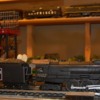Homemade Borden's Butterdish Milk Tank Car
I have recently learned about Borden’s Butterdish Milk Tank Cars and their use, and that Lionel 6-19479, 6-19445, 8 inch long cars and American Flyer 412 were made in the past as well as numerous models in HO and N scale. These cars can be googled to see what they look like. The real Borden’s Milk Tank Cars have a unique Art Deco design and look very modern and unique, especially the some of first ones with extra fins on the top. The Art deco top fins were removed during WW2 as the metal was needed for the war effort some report. This little project turned into a learning experience and had more little stumbling blocks than I expected.
Picture of my Homemade Borden’s Milk Tank Car, BFIX 520
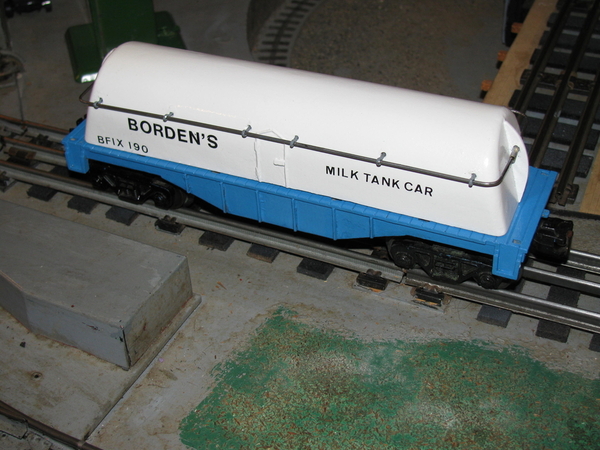
The Borden company had 35 or so Milk Tank Cars made in the late 1930s to transport whole milk from small rural train stations to the creamery. The Borden’s Company press release of February of 1936 noted, the ‘Butterdish Car’ is “the first all-metal, stream-line milk tank railroad car ever built”. Dairy farmers must milk each cow daily and transported the milk with tank trucks or hauled it in 10 gallon cans to the train depot each day in the Northern Midwest and Northeastern states. Fresh whole milk can last 24 hours if kept cool. Borden’s cars had two 3000 gallon glass lined tanks mounted on a flat car. The cars were designed in an Art Deco style popular at that time. The tanks had a insulated tanks or insulation under the frame which was made to surround the tanks and the cars were not refrigerated. These cars were picked up daily and transported to nearby creameries. Only one Borden’s Milk Tank Car, the BFIX 520, still exists and it has been restored and is in the Illinois Railway Museum in Union, Illinois.
I had all the materials to build the tank car on hand except the music wire for the handrails. Much time was taken to decide on the measurements of the car. A small cheap, 8 ¼ inch long X 2 1/8 wide flat car with trucks was chosen. Side pieces of plastic were added to the bottom of the flat car deck to reinforce it to take the weight of two 3000 gal tanks. I thought Lionel’s Borden’s Milk Tank Car tank body was either too high or too short making it look too fat compared to pictures of the real car. I found a strong cardboard mailing tube that was 1-11/16 inches in diameter and at least 9 inches long, to use for the car tank body. The 8 ¼ inch car I chose is 33 ft long for the real 40 foot long car or 82.5% of the real car. This is close to 027 Toy trains cars percent of O scale at ¼ inch to the foot. If I had used as standard Lionel flat car that is 10 inches long it would have been 40 ft real car length or O scale at ¼ per one foot.
I found two write-ups on making an HO Borden’s Milk Tank car that were made by making a solid wooden mold of the car body and heating a thin sheet of smooth styrene plastic over the mold to make the body. Since I had a good cardboard tube, it was decided to make the body by steaming a piece of 1/16 inch thick medium hardness balsa wood over the tube. Some 60 year old Medium hard balsa wood seemed to be both somewhat hard and yet flexible enough to bend without breaking or splitting.
I made a base out of 1/8 inch Masonite, the same width as the tube I then glued the tube to the base. This total width, including 1/8 inch for the balsa wood, would leave ¼ on each side of the tube body when put on the flat car base which was necessary room for personnel to walk on the sides of the car. The balsa was glued to the top of the tube with two sheets being used. The balsa was slowly bent around the tube, with a gloved hand and a clothing steam iron supplying the steam, and the balsa was pinned in place. When cooled and dry, the balsa was glued the tube and to the base, with Elmer's glue and pinned until the glue dried.

The pieces of Popsicle sticks were glued inside the cardboard tube and behind the balsa wood on the sides between the base and the tube with Elmer's glue to strengthen them both. Some wood blocks were glued in the bottom ends inside the tube to allow screws to be used to hold the tank body to the flat car.
When all was dry, the ends of the tube tank body were cut off at an angle of the real car, 15 degrees, with a band saw giving the neat, angled end of this unique car. The total length was made to give a 1 scale foot or ¼ inch of walkway at the end of the car and is 7 3/8 inched long. Then, the tank body was placed on the car flat car body. Observations showed the car tank was too high and the car looked too fat, versus the real car. So much for for all that planning to make a slimmer car than the Lionel fat boy.
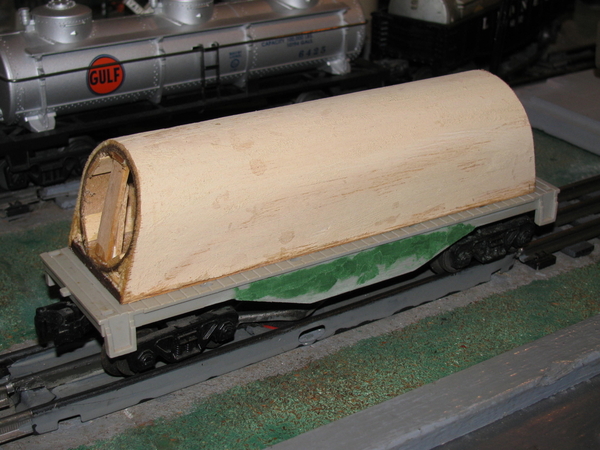
It was decided to cut 3/8 inches off the bottom of the tank with the band saw, a 2 minute job. This looked much better, and part of the cardboard tube was cut off too, which was not a problem. So much for all that planning with rulers and pencils.
Picture of car with the 3/8 inch removed- looks slimmer and closer to the real car
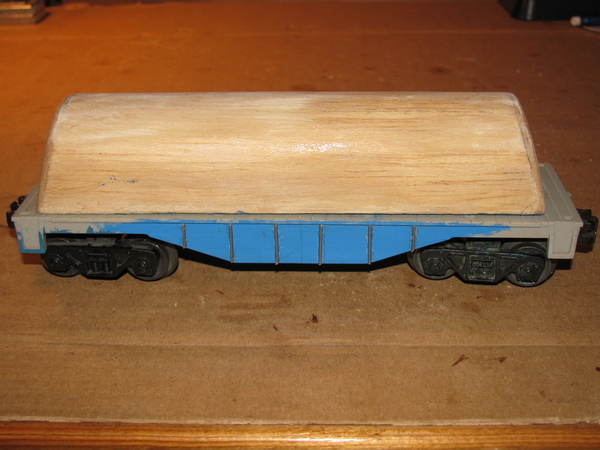
This picture shows the car with the 3/8 inch cut off piece re-inserted to where it was cut from, on the bottom where it came from, for comparisons sake.
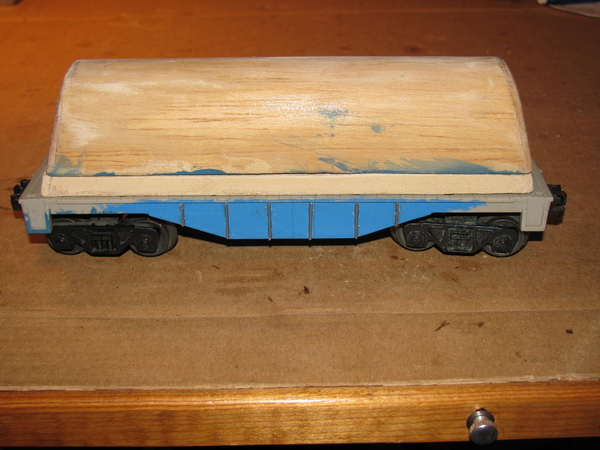
Wood filler was used to smooth out the balsa wood and fill in the seam on the top. Pieces of 1/8 inch balsa wood was added to the ends of the car. A small 1/8 inch piece of balsa was added on the end of the tank to be the hand brake housing to allow a brake wheel to shorten a chain that would apply the wheel brakes. Two Art Deco tank end fins were hand sketched and transferred to Popsicle sticks and glued to the ends of the tank car body to be the art decor touch and hold the ends of the wire handrails.
A few pieces of plastic stripping were added to the tank side to be the two door outlines. The doors are used to get access to the valves and hose connections to load and unload milk. Holes for the handrail stanchions were located and drilled. Twelve small cotter keys, with diamond shaped loops, were bent to circles and painted medium gray. Holes were drilled in the flat car to attach the tank and a hole was drilled for the brake chain.
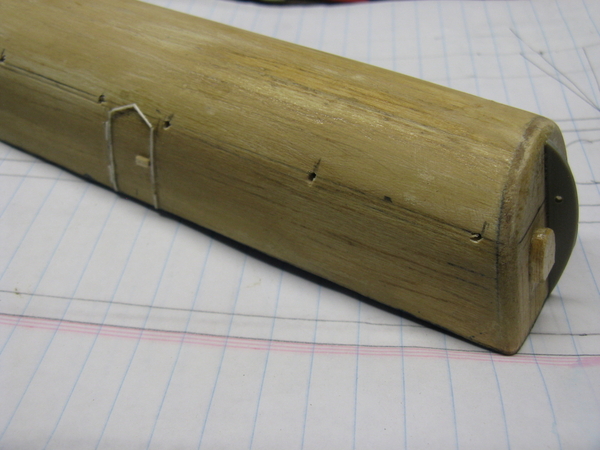
There was concern that the balsa would be too soft to use the rub on letters & numbers I had in place of decals. I considered making decals, as I have an HP laser jet printer that uses black toner that could make black letter decals. Further reading lead to an article that laser printers, that use black toner, will yield black letters that will turn brown in time, so I was stuck with rub on letters. I made up a couple of batches of five minute epoxy, to finger on the balsa, on the tank car balsa top and sides to harden it up more.
The flat car was painted medium blue, and the tank was painted with several coats of glossy white, with Rustoleum being better than cheap Walmart paint I tried first. Walmart paint had problems covering the old Green Squadron wood filler I used some places.
The rub on letters and numbers were applied, very gently. It was found easier, quicker, and more accurate, to leave all the numbers and letters on the 8.5 x 11 inch sheet than to cut it up into small strips. The numbers and letters were sprayed with glossy clear paint as each sides letters were finished, to keep from messing up the letters when handling to do the next side. Glossy clear paint was also applied to the flat car as the blue paint used was had a flat sheen.
Music wire was bent to be the hand railings. Two small brass tubes were made to join the two handrails at each end of the car. The stanchions and tubes were not glued in and remain in place quit well without glue. A brake chain was made from 2 inches of coarse cotton thread and knots were tied close to each other, to be the links and the chain was painted silver. The hand brake wheel is from an old Lionel boxcar. I painted it light gray as well as the stanchions as that allowed them to show up but not as much as black. The handrail was left natural steel (painted with clear) as I did not want have them show up as much as the black handrails in some of the pictures of the real car.
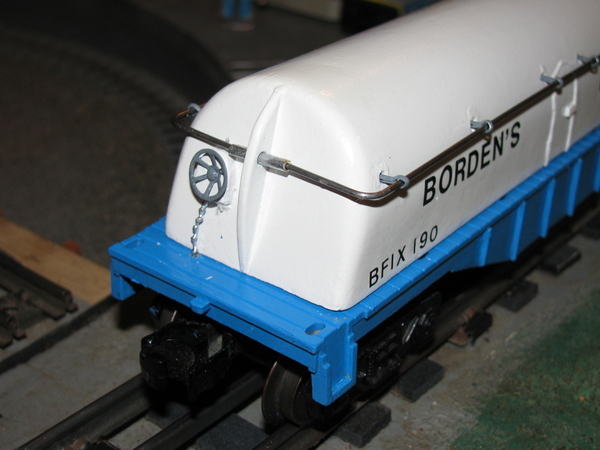

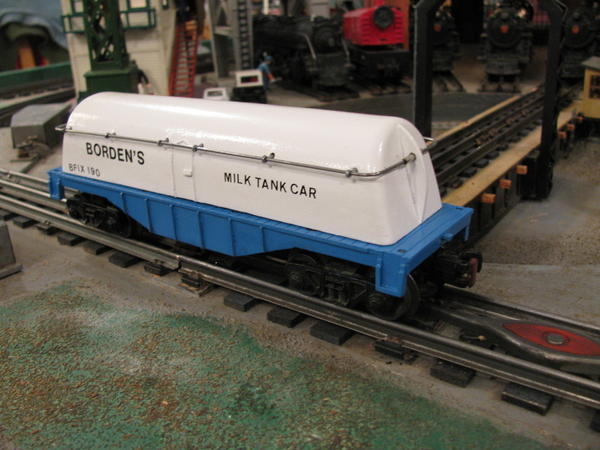
The Butterdish (the correct name should be Butterdish Cover) Milk Tank Cars rarer than some cars especially the Lionel 3664 Automatic Operating Milk car, which is properly the most popular operating car Lionel ever made and the favorite of all the young layout visitors.
The original Butterdish cars were made with Art Deco metal top fins that were removed during WW2 ,to get the metal for the war effort. These top fins make the Butterdish car more Art Deco-ish and unique.
A few pictures of the real car and many of models made of the original Borden's Milk Tank Car seem to show two types of top fins. Therefore, two sets of Art deco TOP Fins were made from two Popsicle sticks glued together, end to end for each set, one Higher and one Lower. They were hand sketched on paper and transferred. They were sawed out on a 50 year old, recently restored Delta 24 inch jig/scroll saw, which saws much more accurately than my old 18" Craftsman saw I use in my shop.
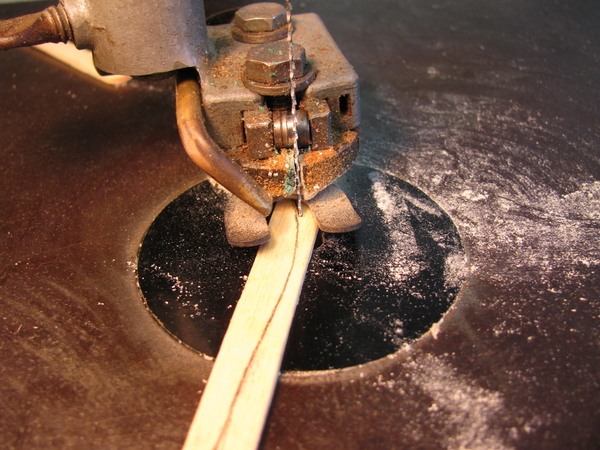
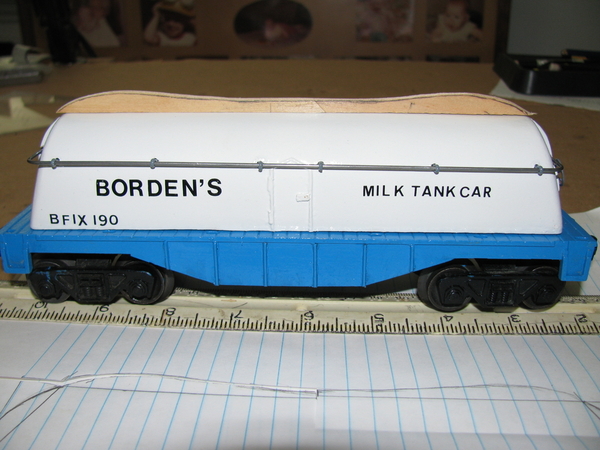
The fins are put on the car with thin two sided tape. For now, I will vary the top fins as none, High or Low but the Low sized top fins are my favorite for now .
Higher Fins

Lower
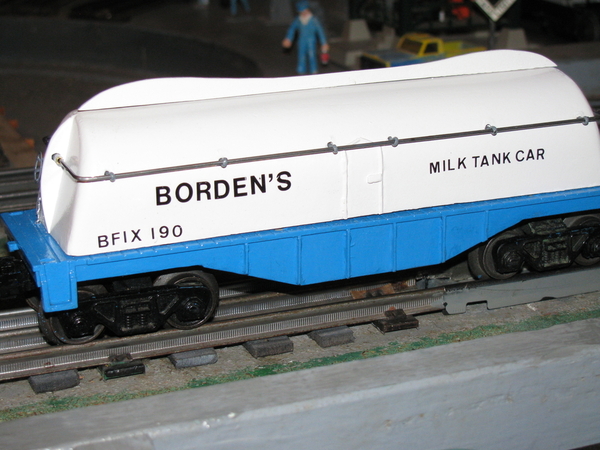

Charlie














